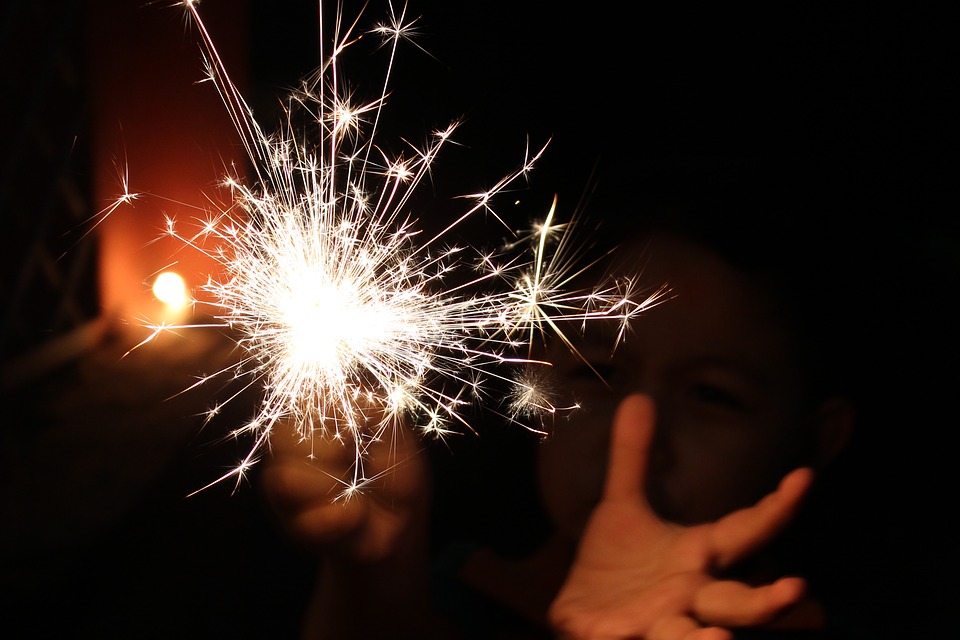Post-Diwali Air Quality Worsens in Indian Cities, Delhi Tops the List
The aftermath of Diwali has witnessed deteriorating air quality in nine out of eleven Indian cities compared to the previous year, with Delhi ranking at the highest level of pollution, according to data from the National Clean Air Campaign (NCAP) Tracker. While unseasonal rains before Diwali temporarily improved air quality in major cities like Delhi, Mumbai, and Chennai, the Supreme Court’s firecracker ban violations led to a spike in air pollution on November 12, reaching hazardous levels in various areas.
Delhi’s ‘severe’ air quality
Delhi, in particular, experienced a significant decline in air quality, with a ‘severe’ category air quality index (AQI) recorded in most areas. As residents flouted the Supreme Court’s firecracker ban, the city woke up to toxic haze two days after Diwali. The AQI for various locations in Delhi ranged from 402 to 434, indicating severe pollution levels.
NCAP Tracker Analysis
The NCAP Tracker conducted an analysis of PM 2.5 (fine particulate matter) data for 11 capital cities, including Bengaluru, Bhopal, Chandigarh, Chennai, Delhi, Gandhinagar, Hyderabad, Lucknow, Mumbai, and Patna, for the day before Diwali, Diwali day, and the day after Diwali in both 2022 and 2023. Data was sourced from the Central Pollution Control Board’s Continuous Ambient Air Quality Monitoring Stations (CAAQMS).
About NCAP Tracker
The National Clean Air Programme (NCAP) Tracker examines air quality data from government-run monitoring stations and evaluates the program’s progress toward achieving the 2024 national clean air targets. The NCAP, launched in 2019, is India’s flagship program aimed at improving air quality in cities with non-attainment status. It focuses on a range of measures to prevent, control, and reduce air pollution, including expanding the air quality monitoring network and enhancing awareness and capacity-building efforts.
Month: Current Affairs - November, 2023
Category: India Nation & States Current Affairs






